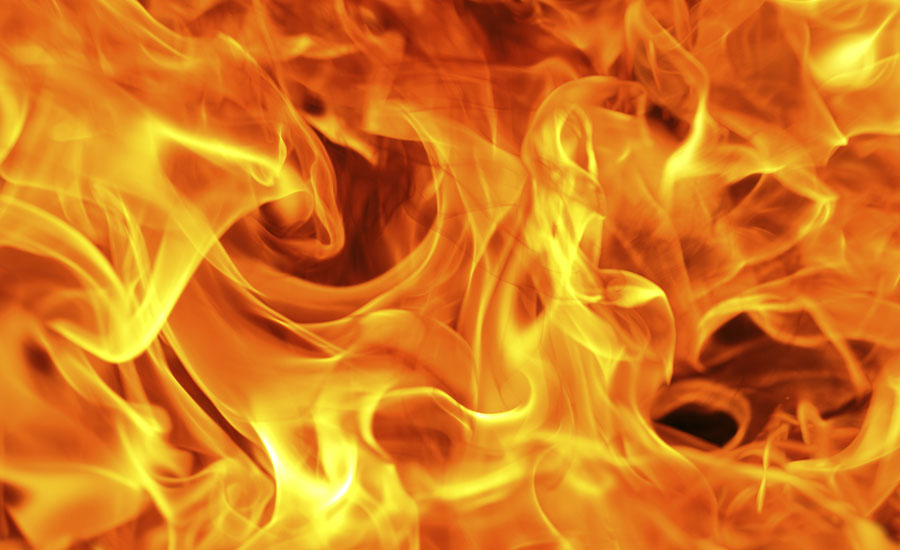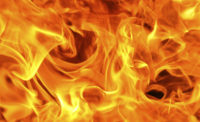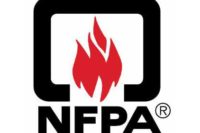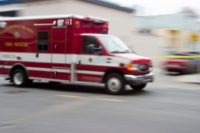NFPA Journal, the official publication of the National Fire Protection Association (NFPA), turns up the heat on school lab safety in its September/October cover story, Hey Kids, Watch This.
Students burned, scarred for life
Over the last 15 years, scores of students have been injured or burned in dozens of lab experiments and other educational settings. Many of the injured students suffered second- and third-degree burns on their faces and upper bodies. The burn injuries are painful, the recovery is long, and victims can be scarred physically and mentally for life. Last September for example, 13 people, most of them children, were injured during a science demonstration at the Terry Lee Wells Nevada Discovery Museum in Reno, Nevada. Authorities and museum officials said that a mixture of methyl alcohol and boric acid—components of a routine exhibition conducted daily that creates a whirling “fire tornado” effect—exploded in a flash fire, burning viewers on their hands, arms, and faces.
The NFPA Journal cover story, “Hey Kids, Watch This,” features a back-to-school story for the ages written by Andrew Minister, chief fire protection engineer at Pacific Northwest National Laboratory in Richland, Washington, and chair of NFPA’s committee on Laboratories Using Chemicals. “Andrew Minister’s story on school lab safety is timely and insightful,” says Scott Sutherland, NFPA Journal executive editor. “He mixes student burn victim perspective, chemical engineering insight, and recent media coverage of these incidents to successfully demonstrate that dangerous school lab fire incidents are both prevalent and preventable.”
Hearing from the victims
Andrew Minister, along with Calais Weber—one of the burned students featured in the article and the focus of After the Rainbow, a video produced by the U.S. Chemical Safety Board—and NFPA chemical engineers are available for interviews regarding the subject of school lab fire safety. To further engage online readers, digital content includes Lab Fire Safety 101 Tips for teachers and students to print and post in school laboratories. The school lab safety article is also available for reprint, web-sharing and for posting on social media platforms.
About the NFPA Journal
NFPA Journal is published six times a year and distributed to nearly 70,000 readers who work in architecture, engineering, consulting, design, contracting, government agencies, industrial services (manufacturing, processing, warehousing, petrochemical, mining and utilities), institutional services (health care, education, corrections and religious), transportation services (air, rail, marine and motor), commercial services (office, retail, restaurant, data processing, financial and telecommunications), and first responder/fire services. The NFPA Journal online edition and app is digitized and emailed to 50,000 members; and an e-newsletter with additional articles, features, and special online exclusives is sent out twice a month to over 50,000 NFPA members.
About the National Fire Protection Association (NFPA)
Founded in 1896, NFPA is a global, nonprofit organization devoted to eliminating death, injury, property and economic loss due to fire, electrical and related hazards. The association delivers information and knowledge through more than 300 consensus codes and standards, research, training, education, outreach and advocacy; and by partnering with others who share an interest in furthering the NFPA mission. For more information visit www.nfpa.org. All NFPA codes and standards can be viewed online for free at www.nfpa.org/freeaccess.



